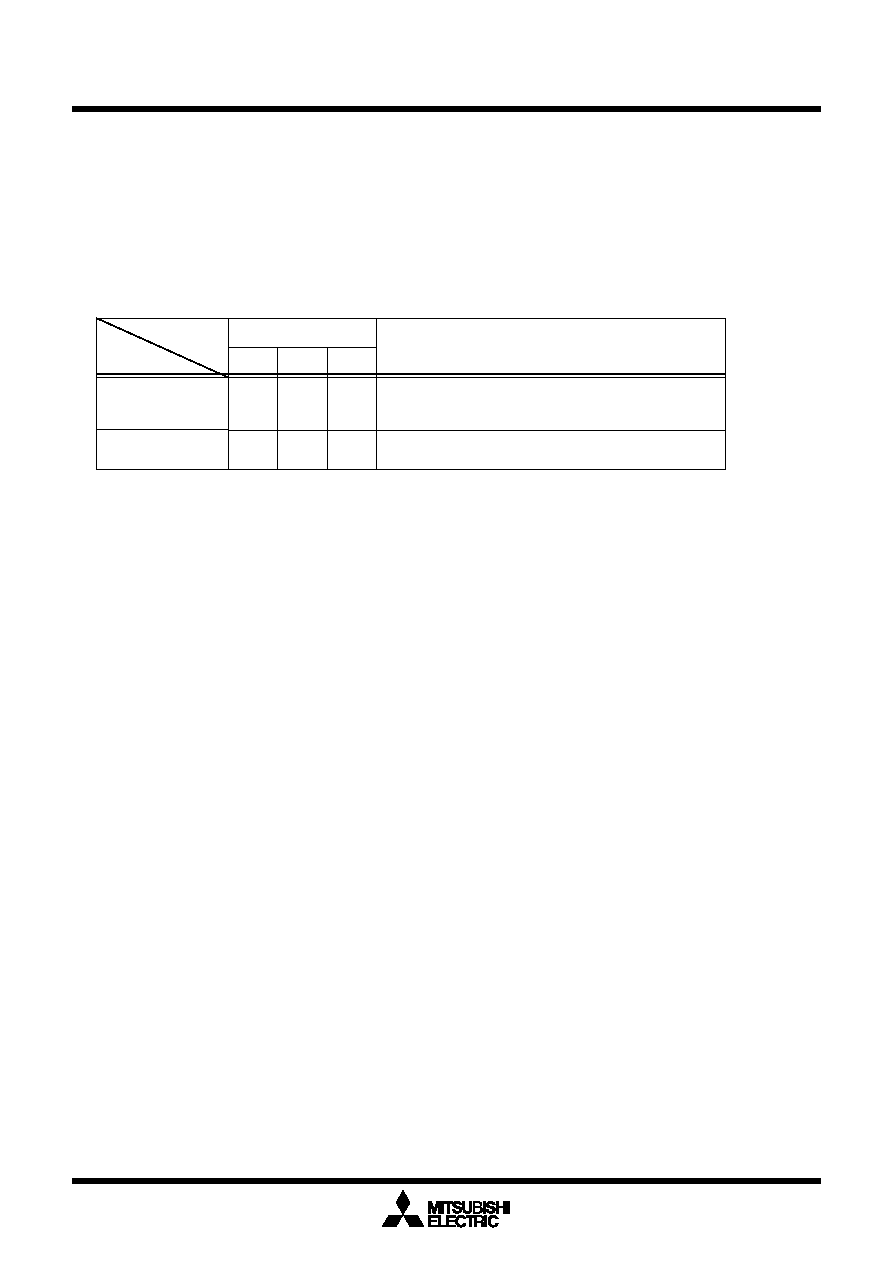- 您现在的位置:买卖IC网 > PDF目录68607 > M30621MCN-XXXGP 16-BIT, MROM, 16 MHz, MICROCONTROLLER, PQFP80 PDF资料下载
参数资料
| 型号: | M30621MCN-XXXGP |
| 元件分类: | 微控制器/微处理器 |
| 英文描述: | 16-BIT, MROM, 16 MHz, MICROCONTROLLER, PQFP80 |
| 封装: | 14 X 14 MM, 0.65 MM PITCH, PLASTIC, QFP-80 |
| 文件页数: | 21/212页 |
| 文件大小: | 2676K |
| 代理商: | M30621MCN-XXXGP |
第1页第2页第3页第4页第5页第6页第7页第8页第9页第10页第11页第12页第13页第14页第15页第16页第17页第18页第19页第20页当前第21页第22页第23页第24页第25页第26页第27页第28页第29页第30页第31页第32页第33页第34页第35页第36页第37页第38页第39页第40页第41页第42页第43页第44页第45页第46页第47页第48页第49页第50页第51页第52页第53页第54页第55页第56页第57页第58页第59页第60页第61页第62页第63页第64页第65页第66页第67页第68页第69页第70页第71页第72页第73页第74页第75页第76页第77页第78页第79页第80页第81页第82页第83页第84页第85页第86页第87页第88页第89页第90页第91页第92页第93页第94页第95页第96页第97页第98页第99页第100页第101页第102页第103页第104页第105页第106页第107页第108页第109页第110页第111页第112页第113页第114页第115页第116页第117页第118页第119页第120页第121页第122页第123页第124页第125页第126页第127页第128页第129页第130页第131页第132页第133页第134页第135页第136页第137页第138页第139页第140页第141页第142页第143页第144页第145页第146页第147页第148页第149页第150页第151页第152页第153页第154页第155页第156页第157页第158页第159页第160页第161页第162页第163页第164页第165页第166页第167页第168页第169页第170页第171页第172页第173页第174页第175页第176页第177页第178页第179页第180页第181页第182页第183页第184页第185页第186页第187页第188页第189页第190页第191页第192页第193页第194页第195页第196页第197页第198页第199页第200页第201页第202页第203页第204页第205页第206页第207页第208页第209页第210页第211页第212页

Mitsubishi microcomputers
M16C / 62N Group (80-pin)
SINGLE-CHIP 16-BIT CMOS MICROCOMPUTER
UART2 Special Mode Register
117
An attempt to read Port P71 (SCL) results in getting the terminal’s level regardless of the content of the
port direction register. The initial value of SDA transmission output in this mode goes to the value set in
port P70. The interrupt factors of the bus collision detection interrupt, UART2 transmission interrupt, and
of UART2 reception interrupt turn to the start/stop condition detection interrupt, acknowledgment non-
detection interrupt, and acknowledgment detection interrupt respectively.
The start condition detection interrupt refers to the interrupt that occurs when the falling edge of the SDA
terminal (P70) is detected with the SCL terminal (P71) staying “H”. The stop condition detection interrupt
refers to the interrupt that occurs when the rising edge of the SDA terminal (P70) is detected with the SCL
terminal (P71) staying “H”. The bus busy flag (bit 2 of the UART2 special mode register) is set to “1” by the
start condition detection, and set to “0” by the stop condition detection.
The acknowledgment non-detection interrupt refers to the interrupt that occurs when the SDA terminal
level is detected still staying “H” at the rising edge of the 9th transmission clock. The acknowledgment
detection interrupt refers to the interrupt that occurs when SDA terminal’s level is detected already went
to “L” at the 9th transmission clock. Also, assigning 1 1 0 1 (UART2 reception) to the DMA1 request factor
select bits provides the means to start up the DMA transfer by the effect of acknowledgment detection.
Bit 1 of the UART2 special mode register (037716) is used as the arbitration lost detecting flag control bit.
Arbitration means the act of detecting the nonconformity between transmission data and SDA terminal
data at the timing of the SCL rising edge. This detecting flag is located at bit 11 of the UART2 reception
buffer register, and “1” is set in this flag when nonconformity is detected. Use the arbitration lost detecting
flag control bit to choose which way to use to update the flag, bit by bit or byte by byte. When setting this
bit to “1” and updated the flag byte by byte if nonconformity is detected, the arbitration lost detecting flag
is set to “1” at the falling edge of the 9th transmission clock.
If update the flag byte by byte, must judge and clear (“0”) the arbitration lost detecting flag after complet-
ing the first byte acknowledge detect and before starting the next one byte transmission.
Bit 3 of the UART2 special mode register is used as SCL- and L-synchronous output enable bit. Setting
this bit to “1” goes the P71 data register to “0” in synchronization with the SCL terminal level going to “L”.
Figure 1.14.26 shows the functional block diagram for I2C mode. Setting “1” in the I2C mode select bit
(IICM) causes ports P70, P71, and P72 to work as data transmission-reception terminal SDA, clock input-
output terminal SCL, and port P72 respectively. A delay circuit is added to the SDA transmission output,
so the SDA output changes after SCL fully goes to “L”. The amount of delay can be selected in the range
of 2 cycles to 8 cycles of f1 using UART2 special mode register 3 (at address 037516). Delay circuit select
conditions are shown in Table 1.14.10.
Table 1.14.10. Delay circuit select conditions
Digital delay is
selected
001
111
1
No delay
0
(000)
IICM
SDDS
DL
Register value
Contents
Digital delay is added
When IICM = “0”, no delay circuit is selected. When IICM = “0”,
however, always make sure SDDS = “0”.
to
相关PDF资料 |
PDF描述 |
|---|---|
| M30625FGNGP | 16-BIT, FLASH, 16 MHz, MICROCONTROLLER, PQFP80 |
| M306K7F8LRP | 16-BIT, FLASH, 8 MHz, MICROCONTROLLER, PQFP144 |
| M35052-001FP | 24 X 10 CHARACTERS CRT CHAR DSPL CTLR, PDSO20 |
| MAX6826LUT+T | Dual, Ultra-Low-Voltage SOT23 µP Supervisors with Manual Reset and Watchdog Timer |
| MAX6826MUT+T | Dual, Ultra-Low-Voltage SOT23 µP Supervisors with Manual Reset and Watchdog Timer |
相关代理商/技术参数 |
参数描述 |
|---|---|
| M30621MCP | 制造商:RENESAS 制造商全称:Renesas Technology Corp 功能描述:SINGLE-CHIP 16-BIT CMOS MICROCOMPUTER |
| M30621MCP-XXXGP | 制造商:RENESAS 制造商全称:Renesas Technology Corp 功能描述:SINGLE-CHIP 16-BIT CMOS MICROCOMPUTER |
| M30621MC-XXXGP | 制造商:RENESAS 制造商全称:Renesas Technology Corp 功能描述:SINGLE-CHIP 16-BIT CMOS MICROCOMPUTER |
| M30622 | 制造商:MITSUBISHI 制造商全称:Mitsubishi Electric Semiconductor 功能描述:SINGLE-CHIP 16-BIT CMOS MICROCOMPUTER |
| M30622E4-XXXFP | 制造商:RENESAS 制造商全称:Renesas Technology Corp 功能描述:16-BIT SINGLE-CHIP MICROCOMPUTER M16C FAMILY |
发布紧急采购,3分钟左右您将得到回复。